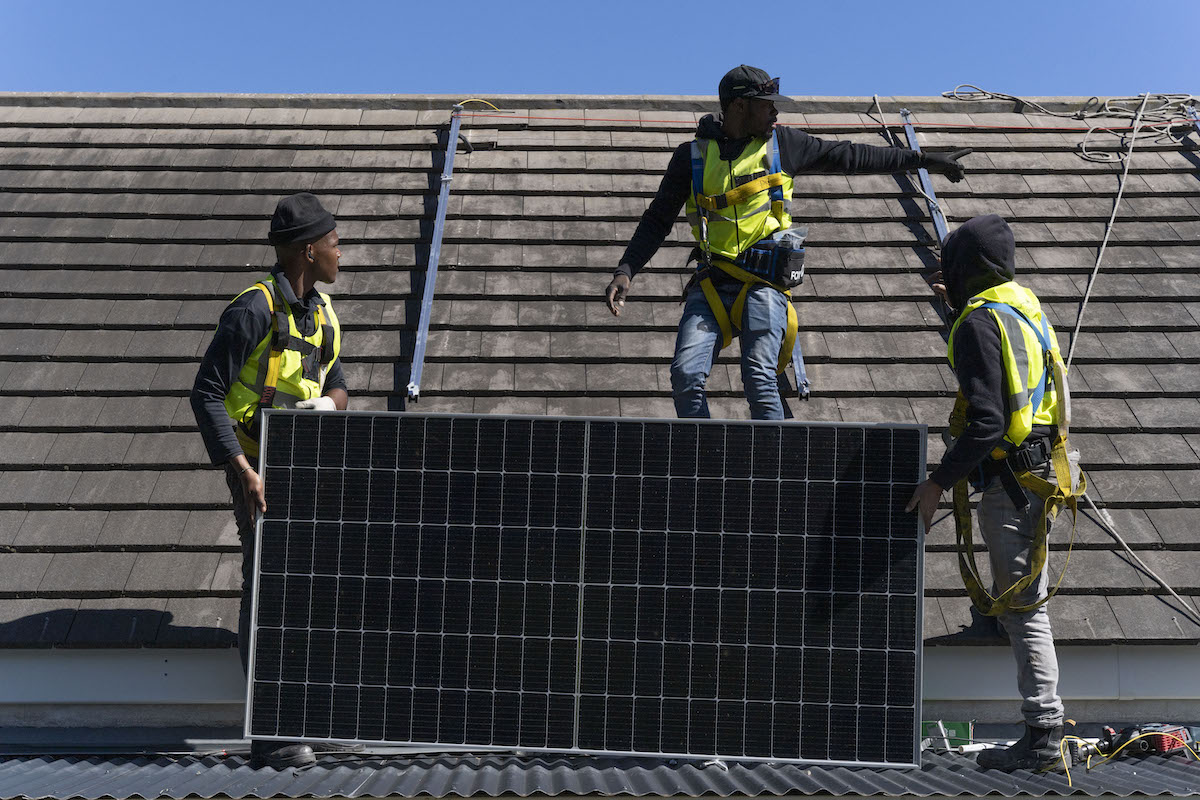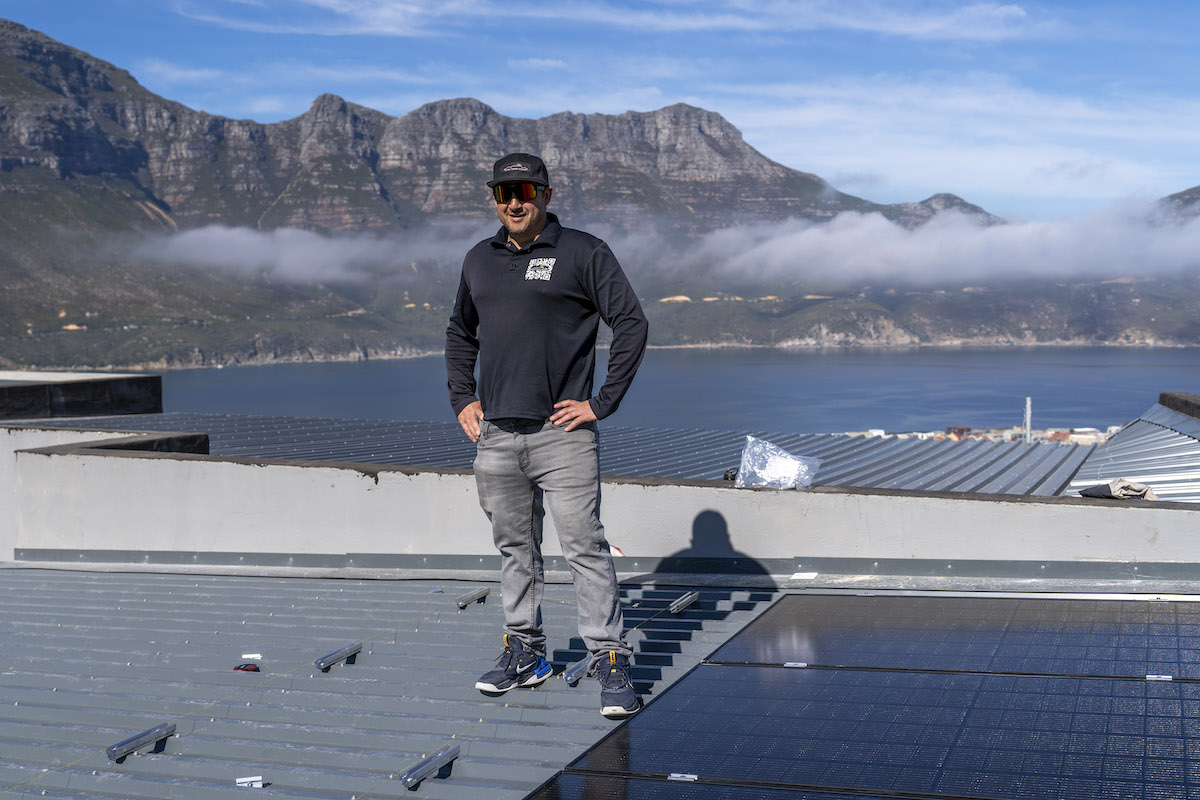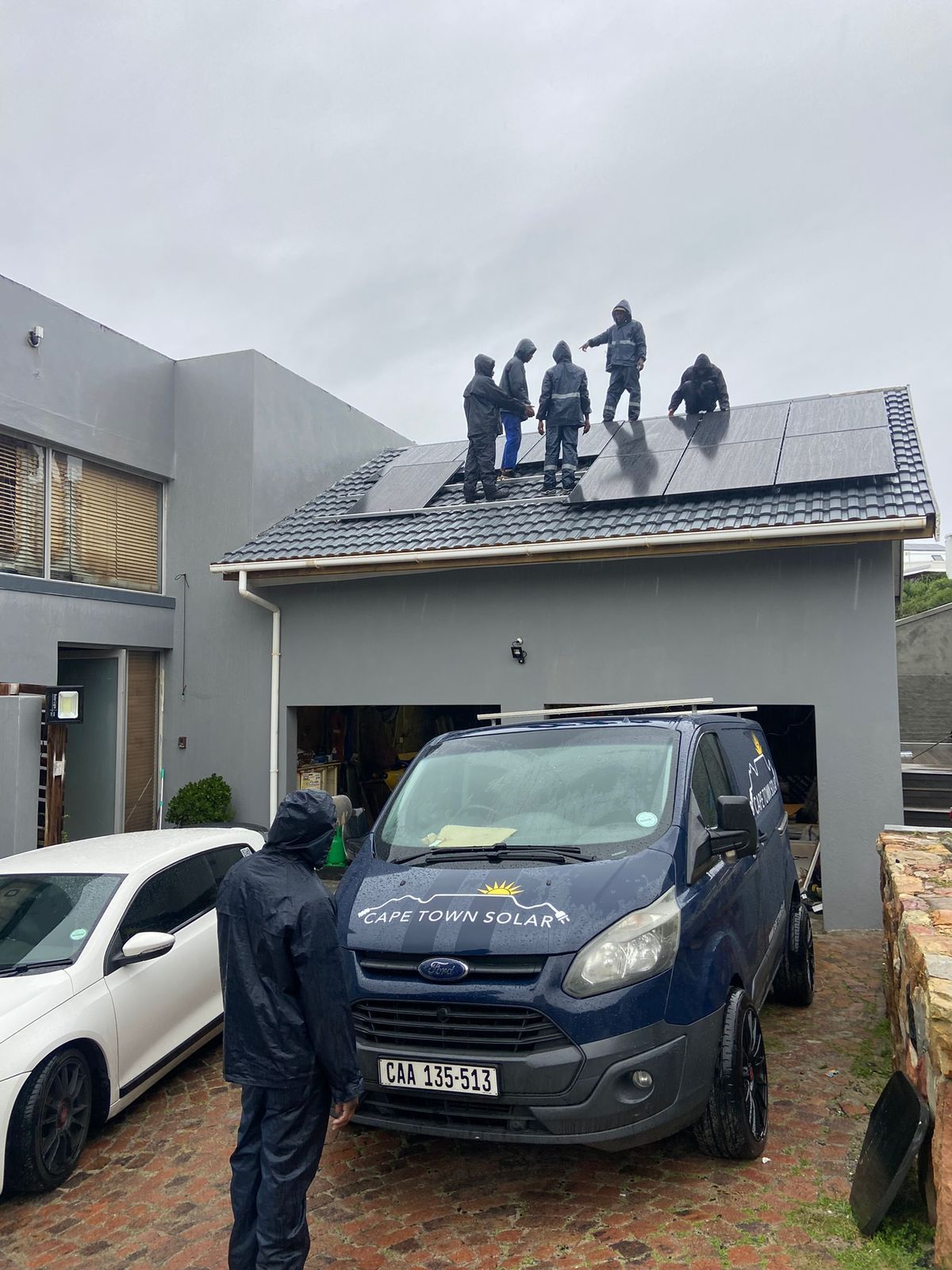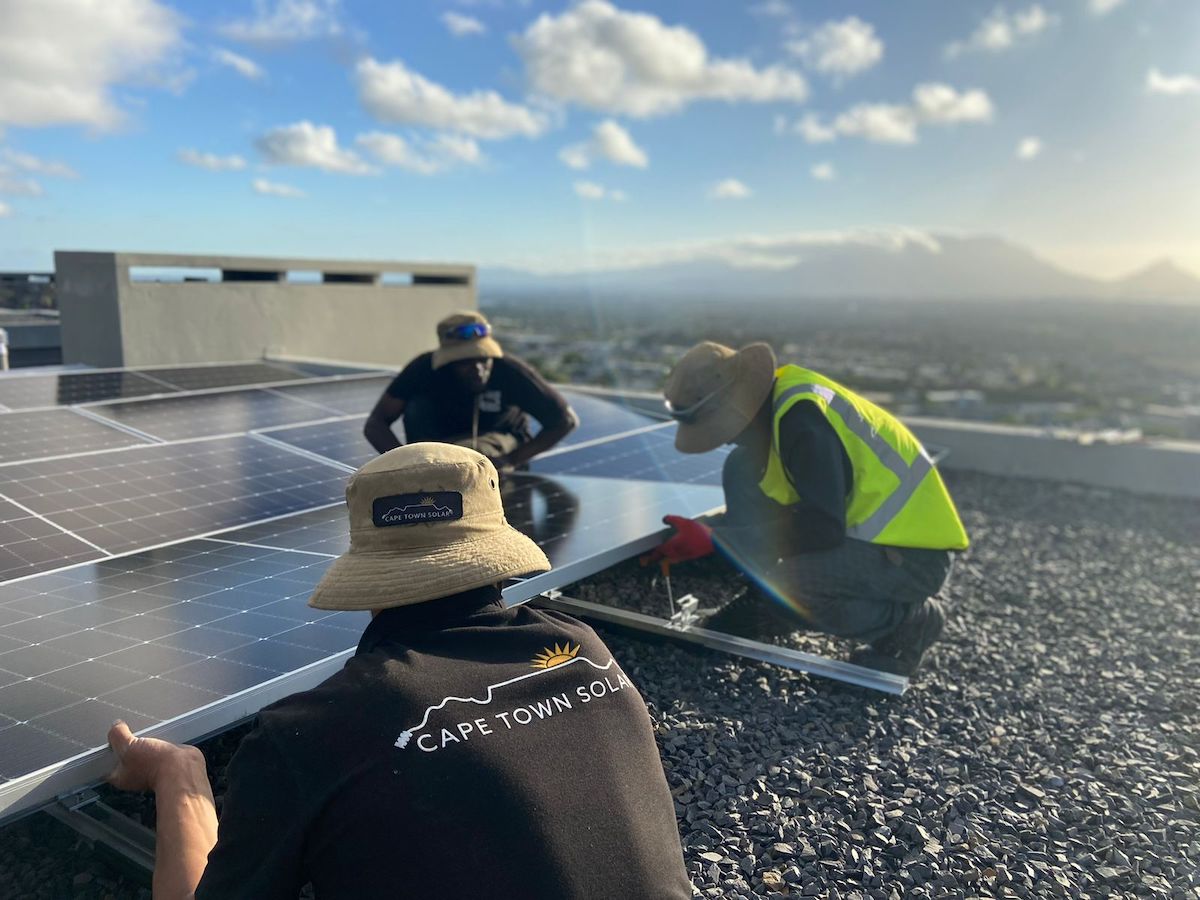Cape Town shows how installing solar panels on your home can earn you (a little) money
Dr Leigh de Decker, founder of BrightHouse Energy, was the first private consumer to enter into an agreement with the City of Cape Town to sell electricity back into the grid.
Her decision to install a solar PV plant at her home was motivated primarily by a wish to live more sustainably and be more self-reliant and resilient.
Before state power utility Eskom’s loadshedding (rotational power cuts) escalated to 2023’s Level 6, she ran all her optional energy-intensive appliances, such as her swimming pool pump and irrigation system, off her solar system in the daytime and used grid power by night.
‘The real value of solar is not for what you can export, but the money you save by not having to import electricity (off the grid),’ she says.
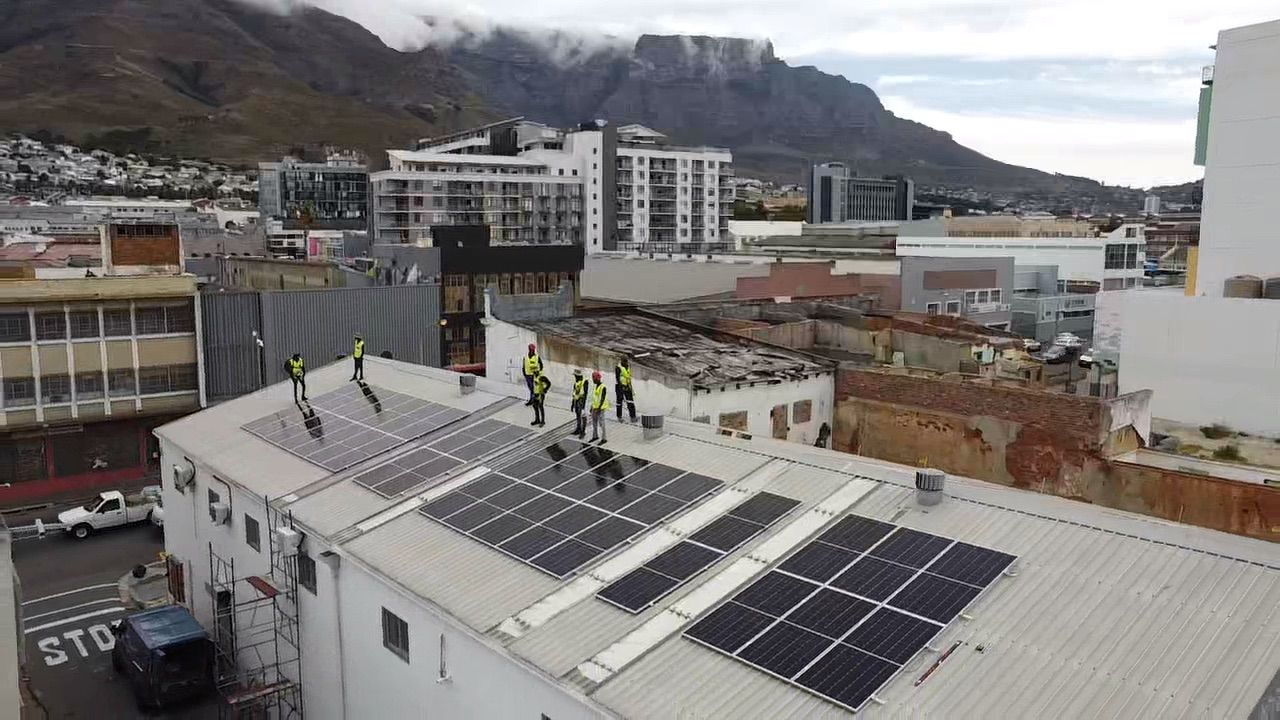
Cape Town is one of a growing number of municipalities, especially in the Western Cape, that offer consumers the option of selling their surplus electricity back into the grid.
Crippling and sustained bouts of loadshedding over the past few years have led to a host of new options available for any South African keen to invest in renewable energy.
Aided by tax incentives, new financing options, a significantly more attractive regulatory environment and a boom in imports of solar panels and inverters, green energy is now within reach of an increasing number of households and businesses.
Pay as you sell
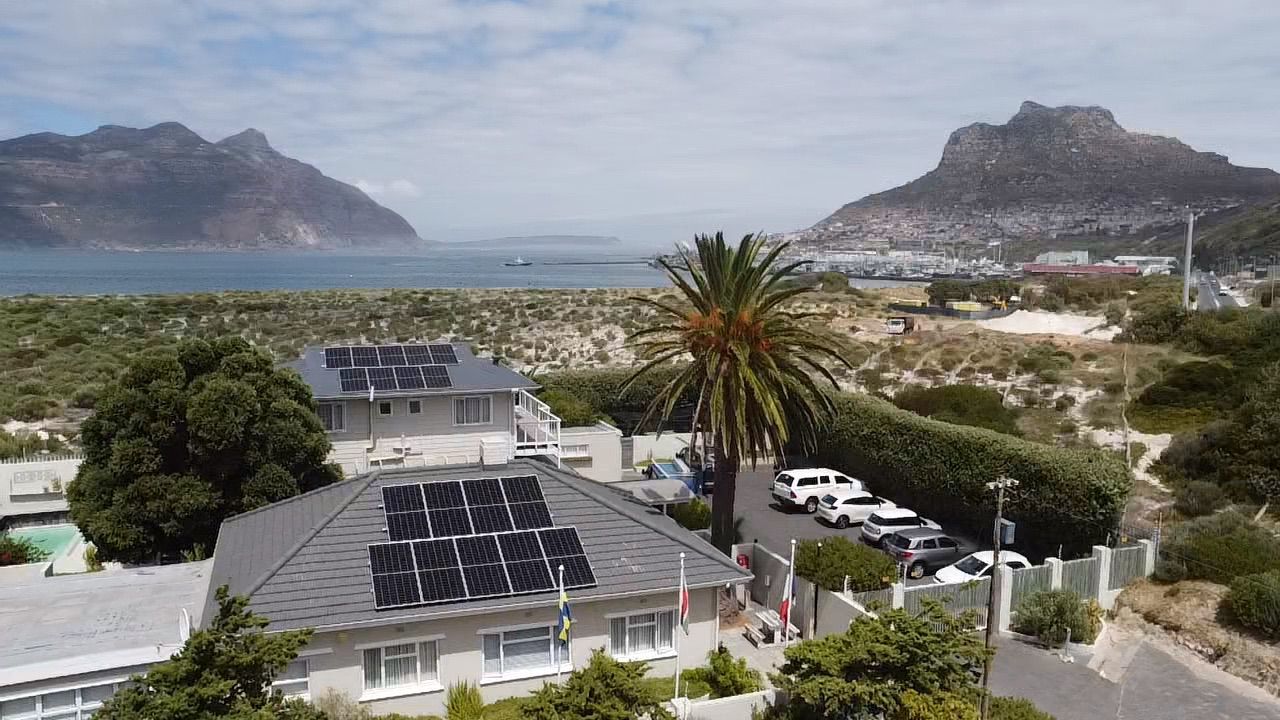
Setting up a household to sell power back to the grid still requires a substantial capital investment. Firstly there’s the solar panels, inverter, batteries and installation fees, and then, to take part in the buy-back scheme, households have to buy a bidirectional meter that measures incoming and outgoing current.
For households with single-phase power, the meters cost around R5,000, and older households with three-phase power typically found in industrial and commercial buildings the bidirectional meters cost R9,000.
The City of Cape Town paid households 87c/kWh for excess electricity they sold back into the grid at the beginning of 2024 (the rate was scheduled to increase by 11% from 1 July), along with a 25c/kWh incentive, for taking part in the scheme.
This amounts to only 42% of the price the city charges per kWh (308.58 c/kWh) for lower-consumption households, and only 30% of the 426.56 c/kWh charged to higher-consumption households.
The monthly electricity bill of households with bidirectional meters shows how much electricity was imported and exported, as well as the monthly electricity access fee, which is identical whether you have a solar system or not.
